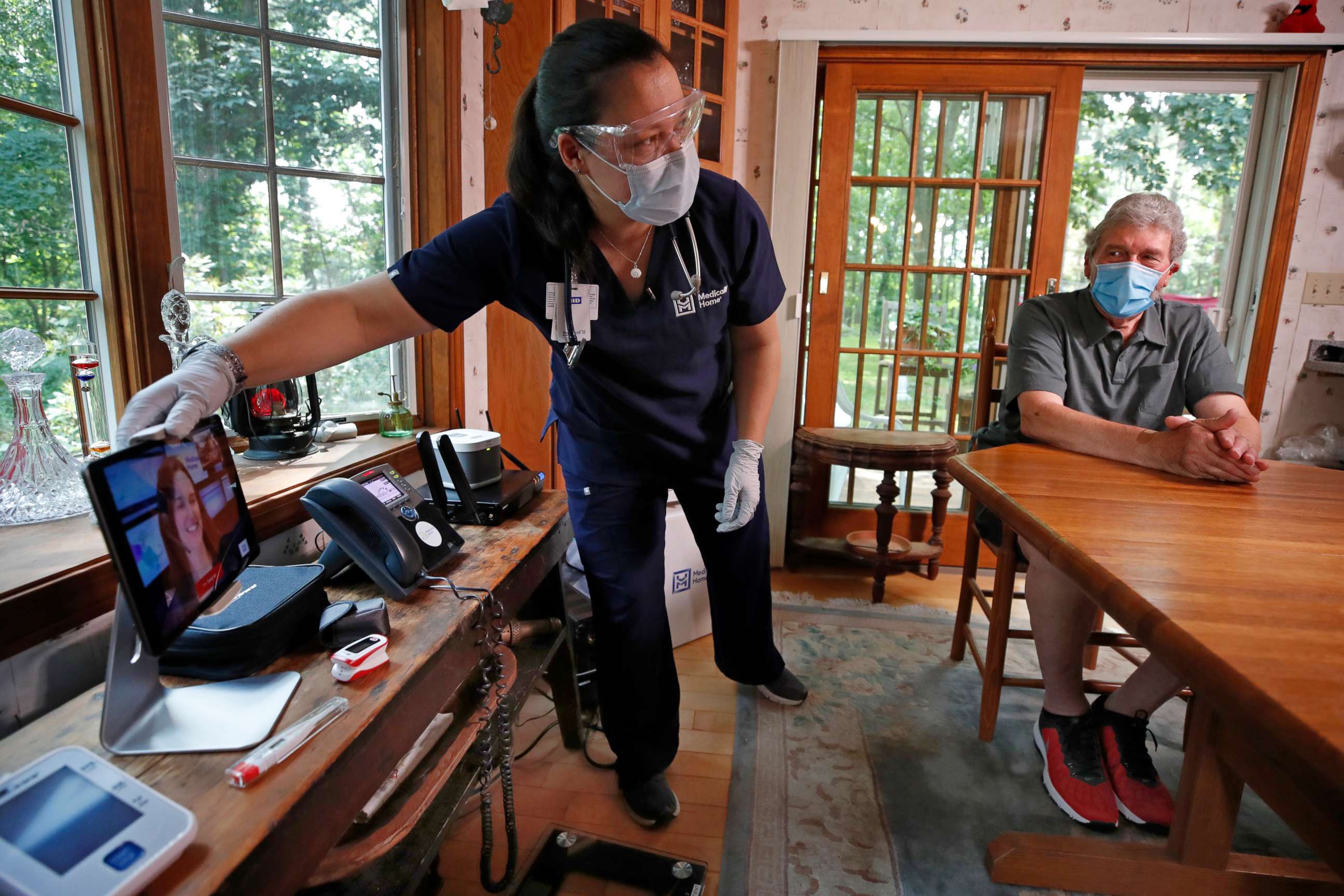Opioid overdoses on the rise during COVID-19 pandemic, despite telemedicine care
Experts say telehealth still isn't reaching key groups suffering from addiction.
As COVID-19 cases continue to appear across the nation, so do opioid deaths.
New data acquired this week shows that a concerning number of Americans have died from overdoses since March. Over this same time frame, telehealth has been rapidly implemented and hailed as a solution to providing safe health care -- so why isn't it working for those with opioid addictions? Why are citizens still dying from opioid overdoses?
On Aug. 14, the American Medical Association warned that "more than 40 states have reported increases in opioid-related mortality." Data out of King County, Washington, for example, which includes Seattle, shows that fentanyl overdose deaths from April through June of this year are 133% higher than last year.
"Telehealth is not the magic solution," said Caleb Banta-Green, PhD, a principal research scientist at the University of Washington Alcohol and Drug Abuse Institute.
"Telehealth is great for people who are already engaged in care," Banta-Green said, explaining that that is not the case for the majority of people with opioid addiction.
Some adults struggling with opioid use are also homeless or have other mental health disorders.

"This pandemic has exacerbated an existing systemic problem: many with mental health issues do not seek help," said Farzan Sasangohar, PhD, director of the Applied Cognitive Ergonomics Lab at the Texas A&M University Department of Industrial and Systems Engineering.
Many "don't have access to a phone, Wi-Fi, or other resources," Banta-Green said.
Veronika Mesheriakova, M.D., an assistant professor of clinical pediatrics and director of the Youth Outpatient Substance Use Program at University of California San Francisco, agreed, adding that these patients often "struggle with the TeleHealth interface, or don't have a private space from where to conduct a confidential visit."
This phenomenon might be more true for older adults rather than younger patients.
For Mesheriakova, treating youth for addiction in her telehealth clinic "has actually been quite convenient," in comparison to adult addiction treatment.
"The youth we work with are very comfortable with technology, have access to computers and/or smart phones and seem to like meeting with their provider from the comfort of their home," she said.
Her clinic has, however, struggled with maintaining privacy and confidentiality, especially for patients who live in crowded environments or have household members in close proximity during telehealth visits.
"I think privacy and security will remain a significant challenge," Sasangohar said. "There exists a gap in detailed guidelines, policies for oversight and standards for telehealth privacy and security that need to be fulfilled."
But how do we connect marginalized populations with addiction care and move the needle forward? "We need to bring something back called phone booths... and they need to have Wi-Fi in them," Banta-Green said.
Heather J. Kagan, M.D., is an internal medicine resident physician at The Johns Hopkins Hospital and a contributor to the ABC News Medical Unit.




